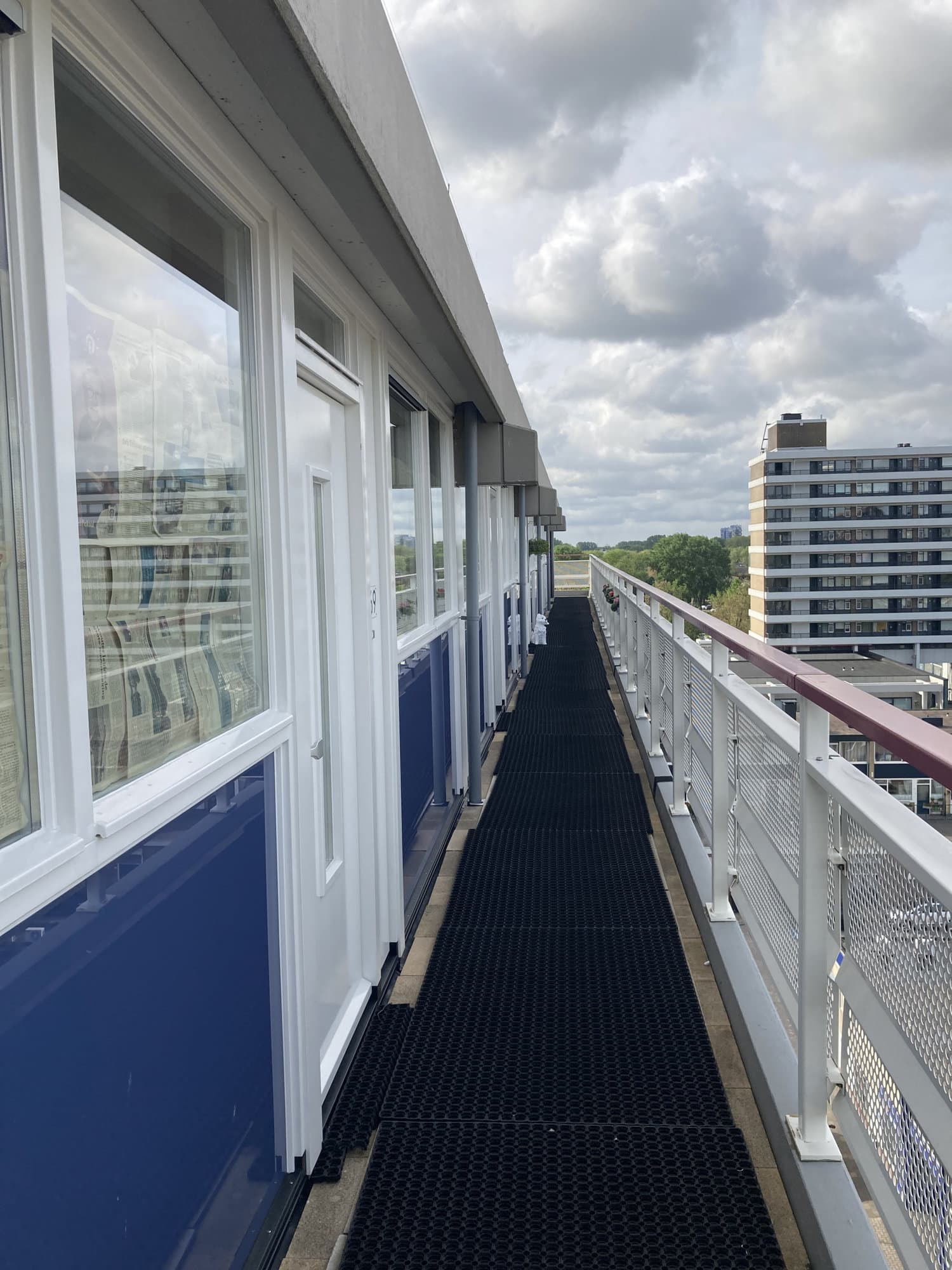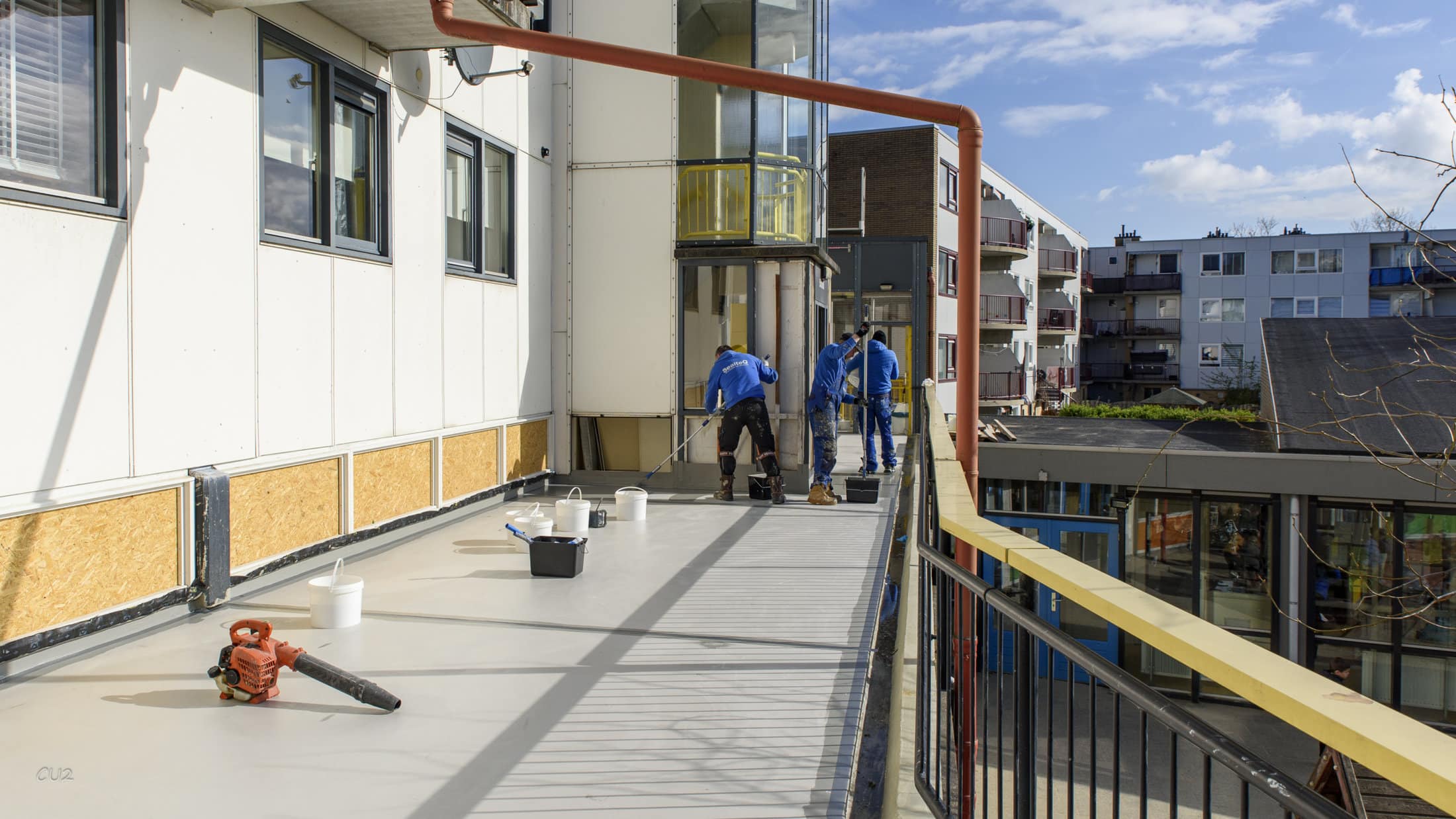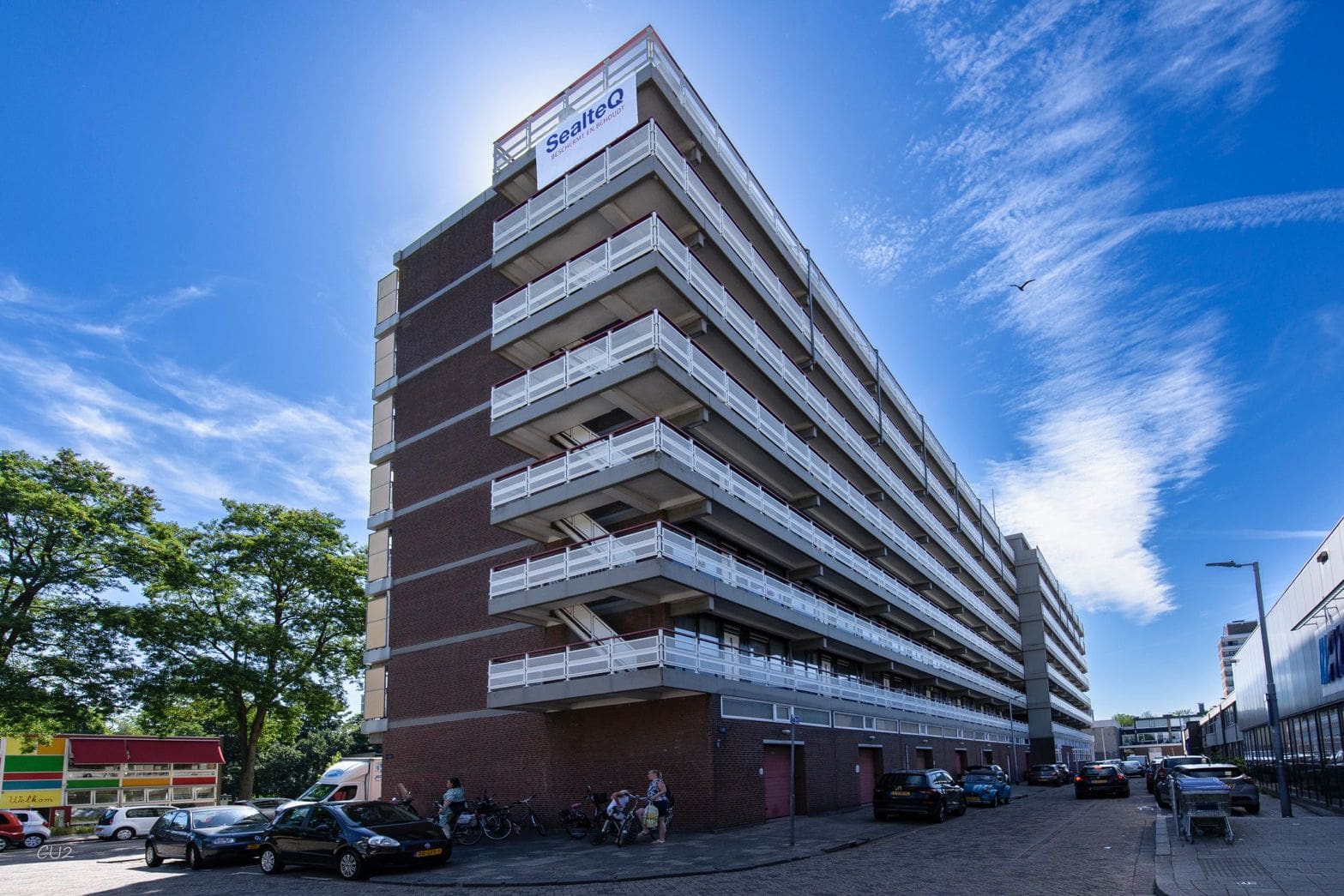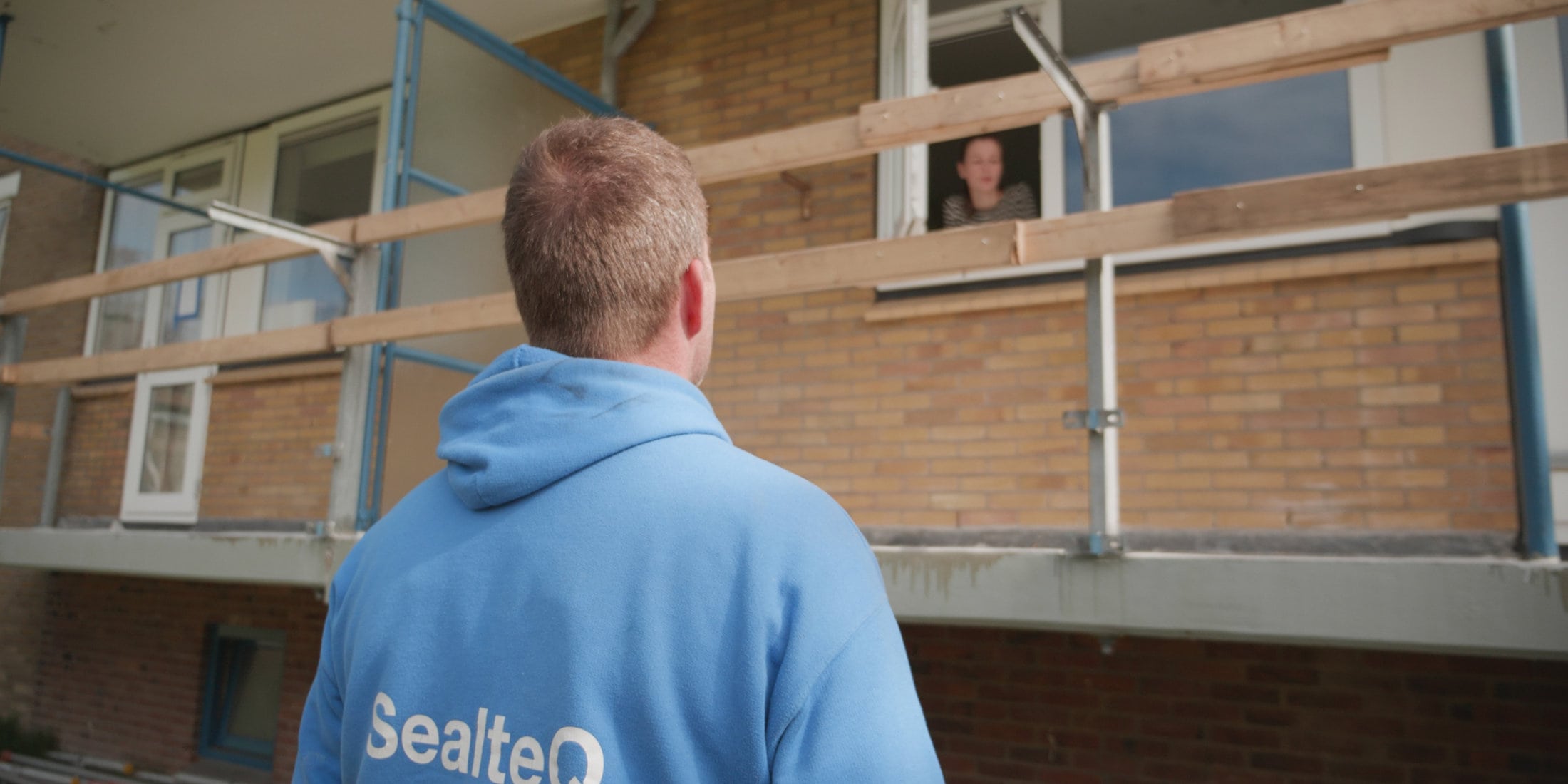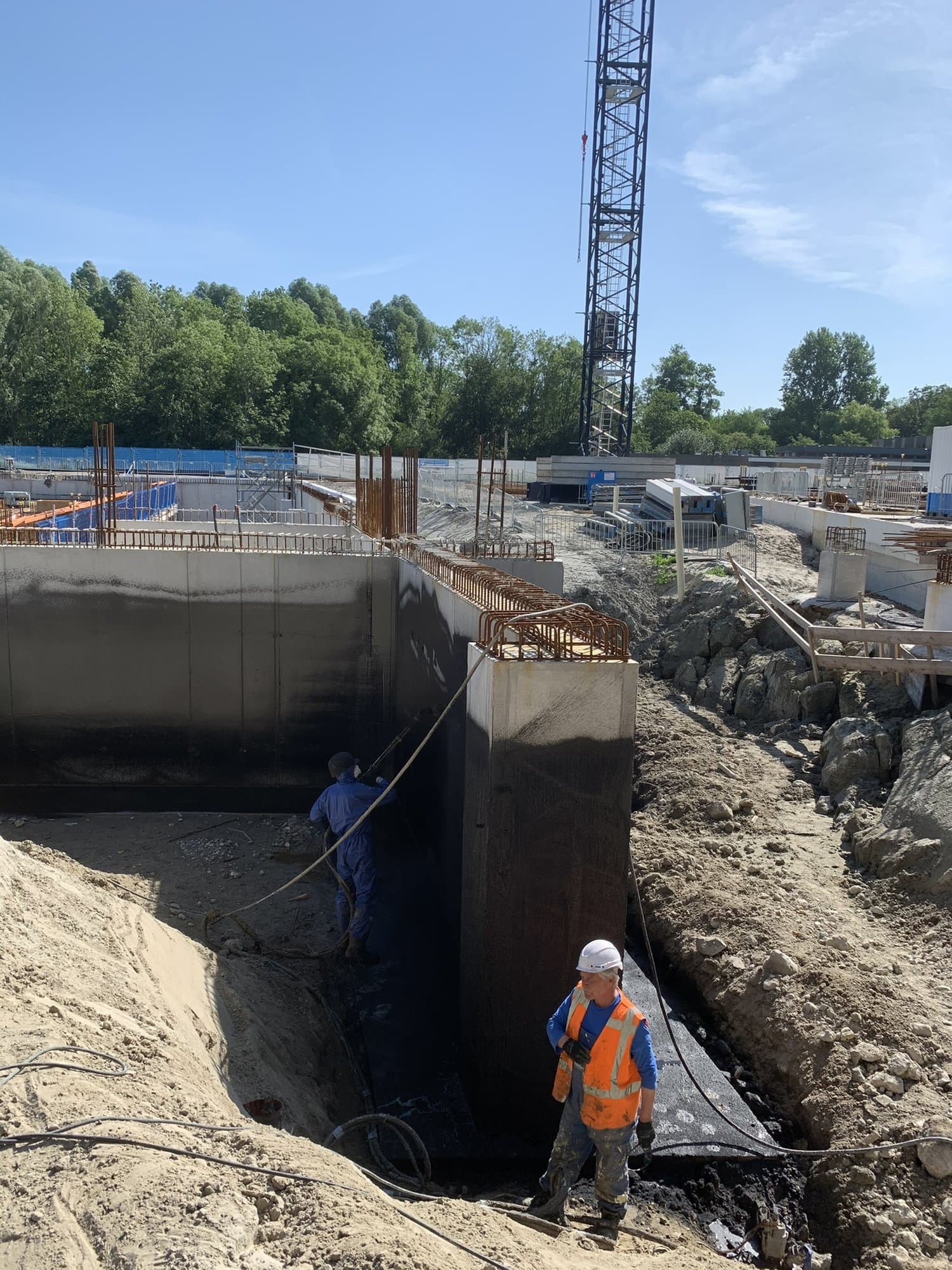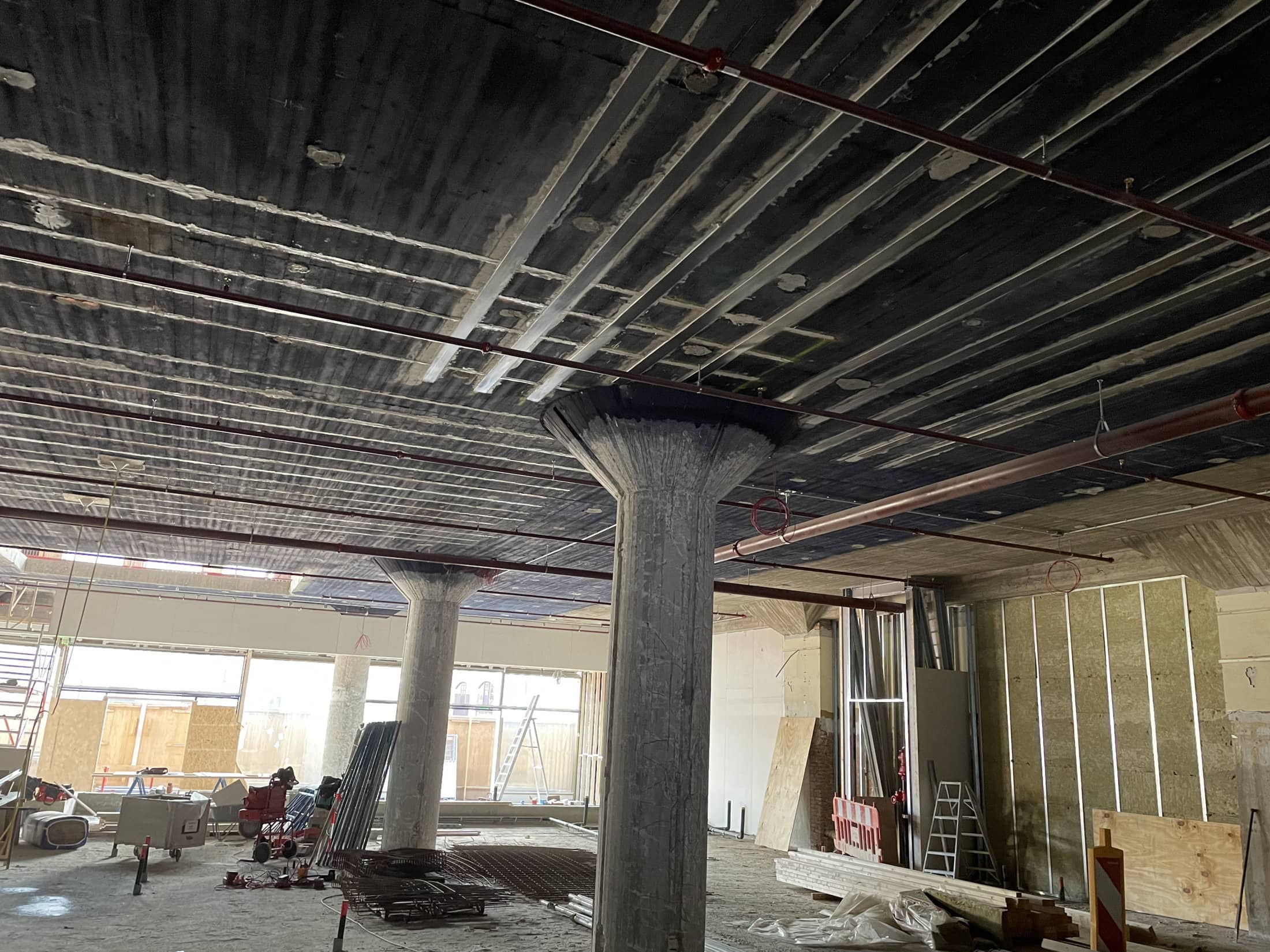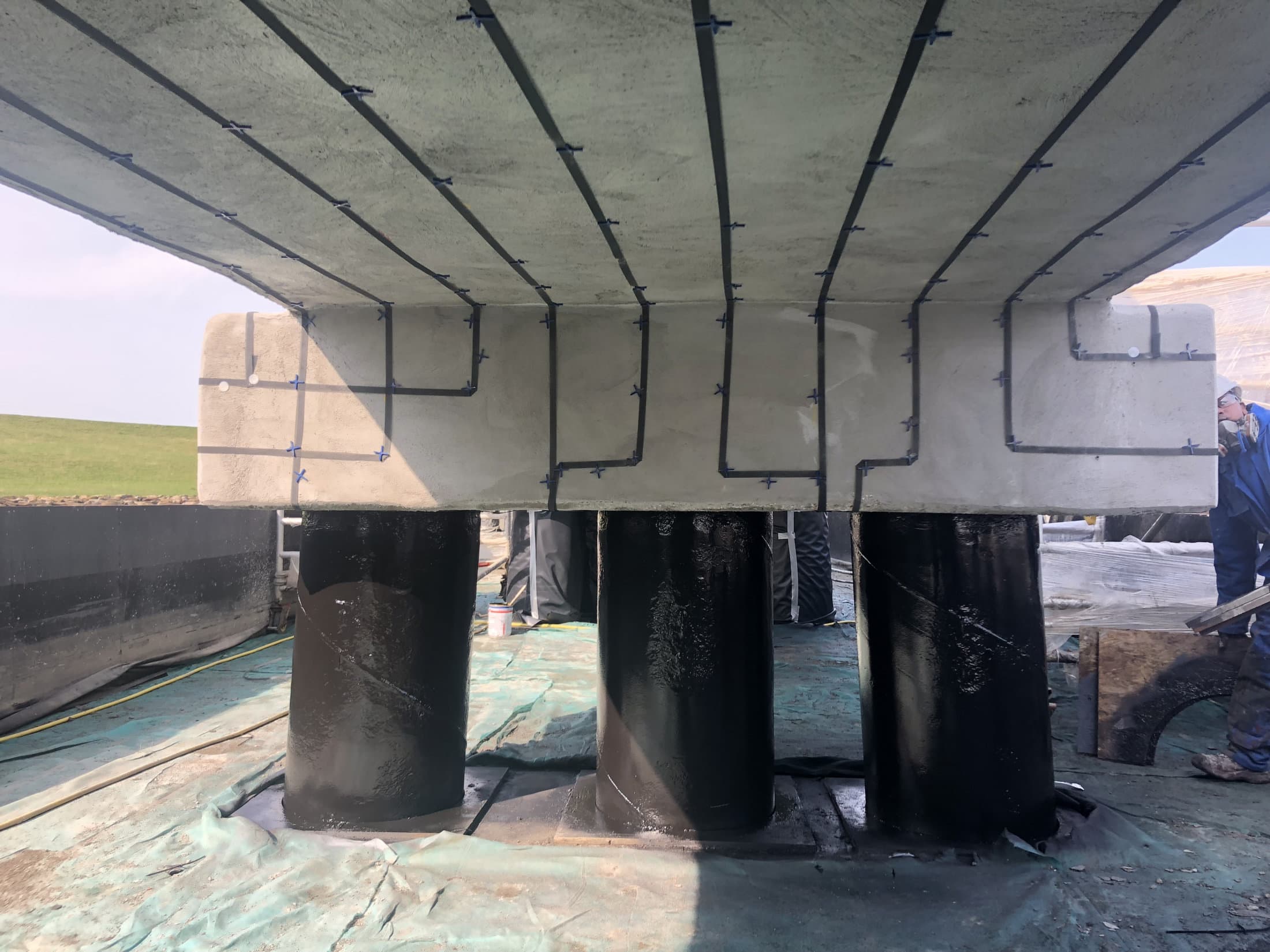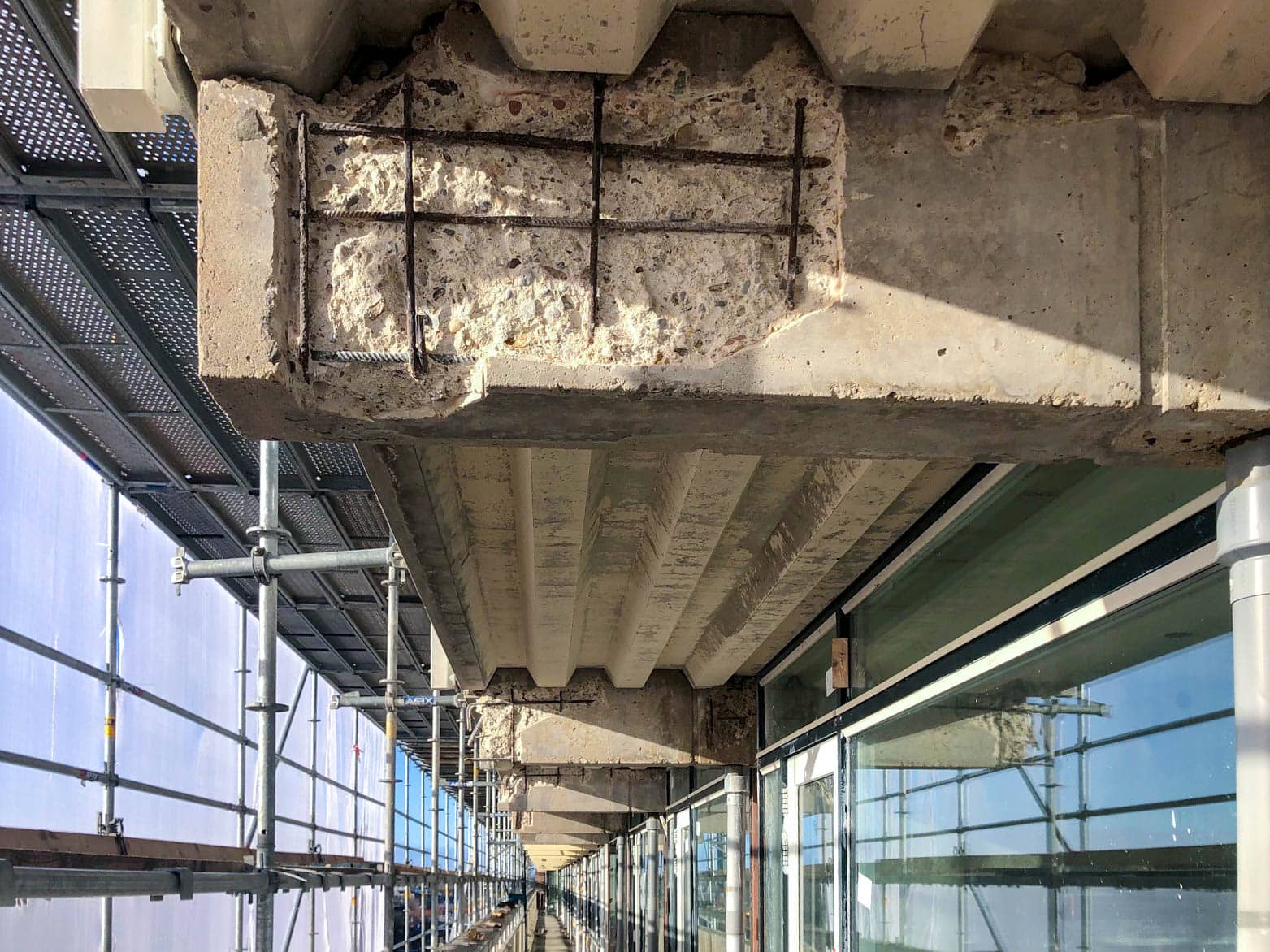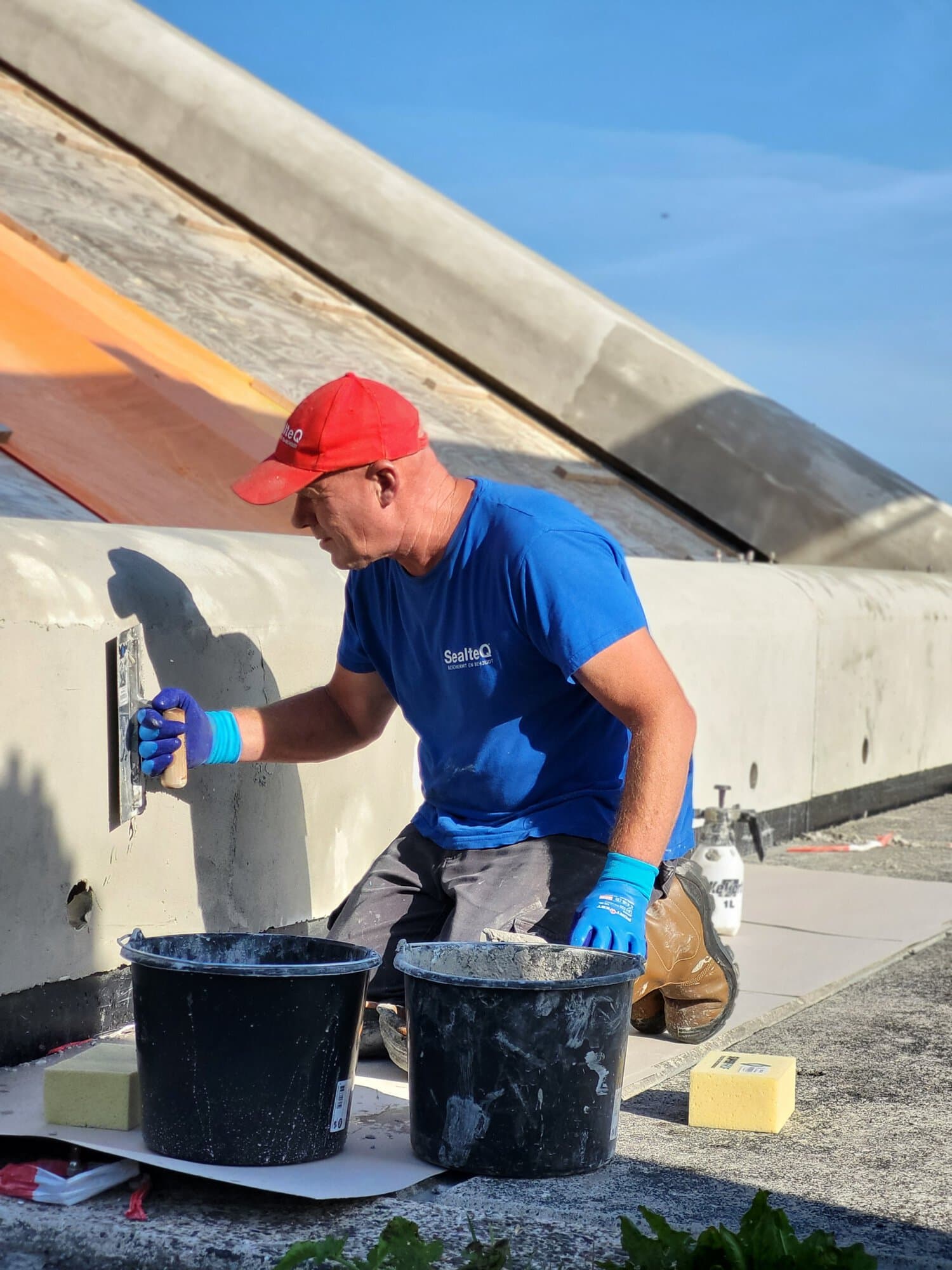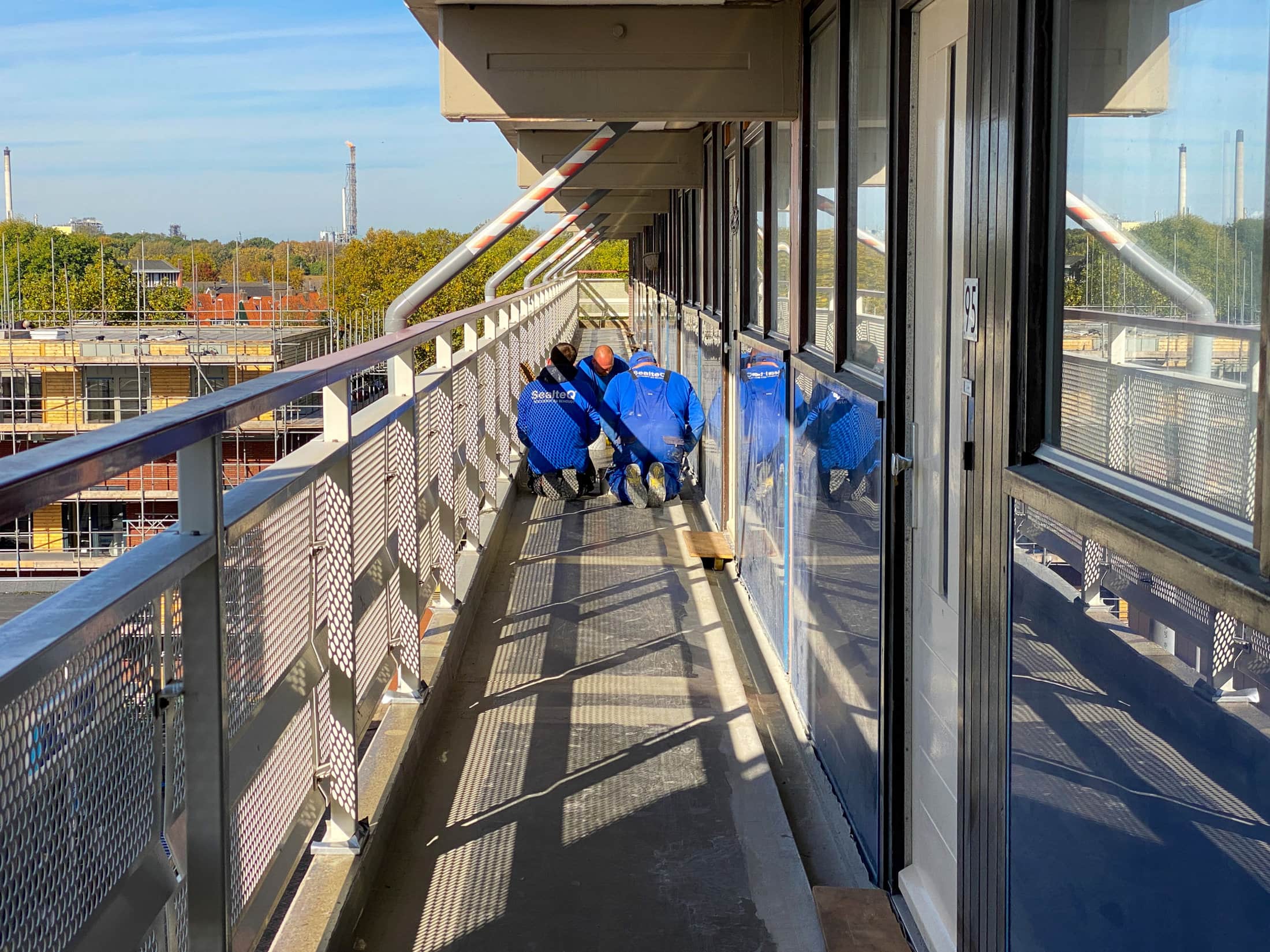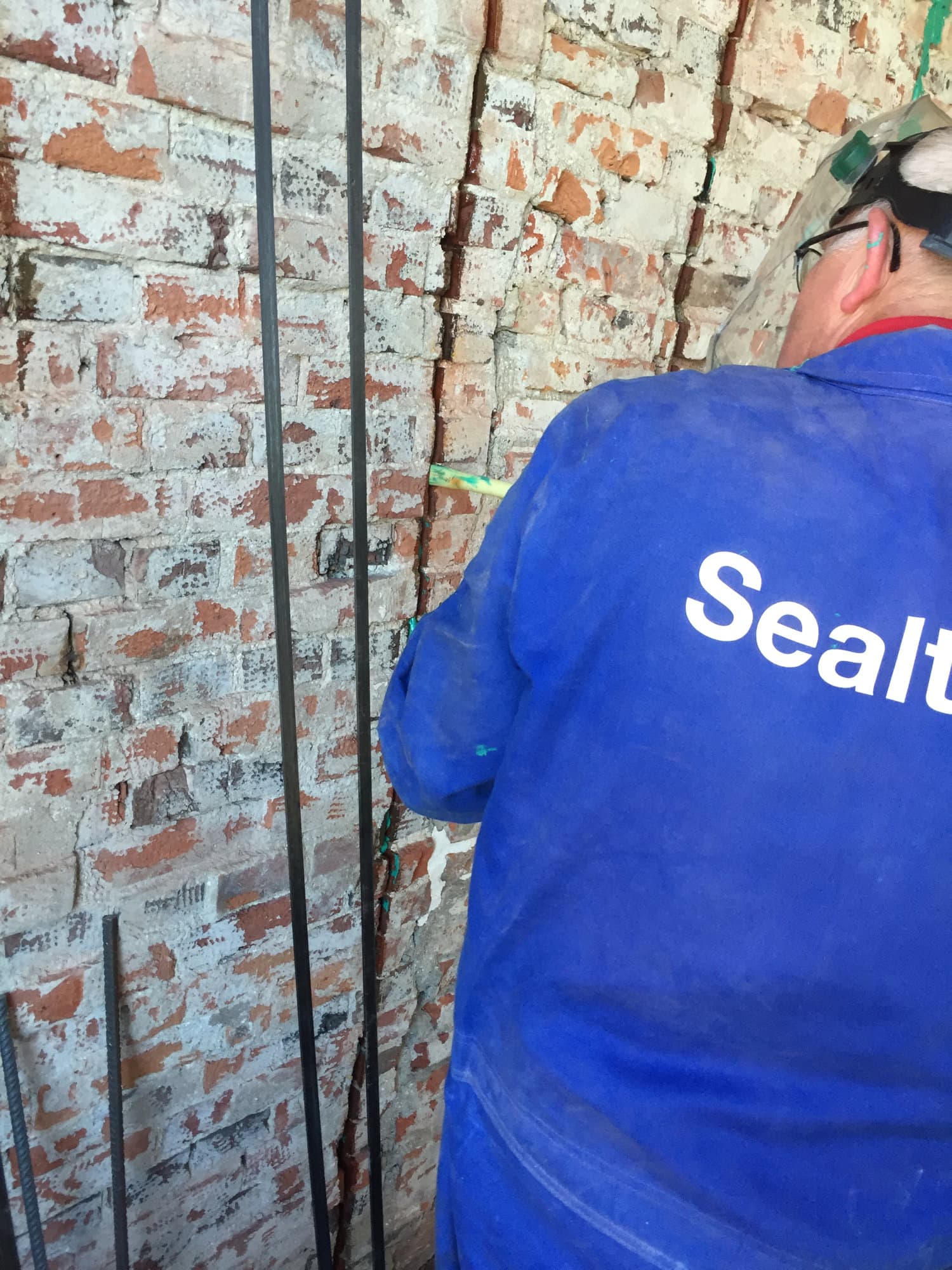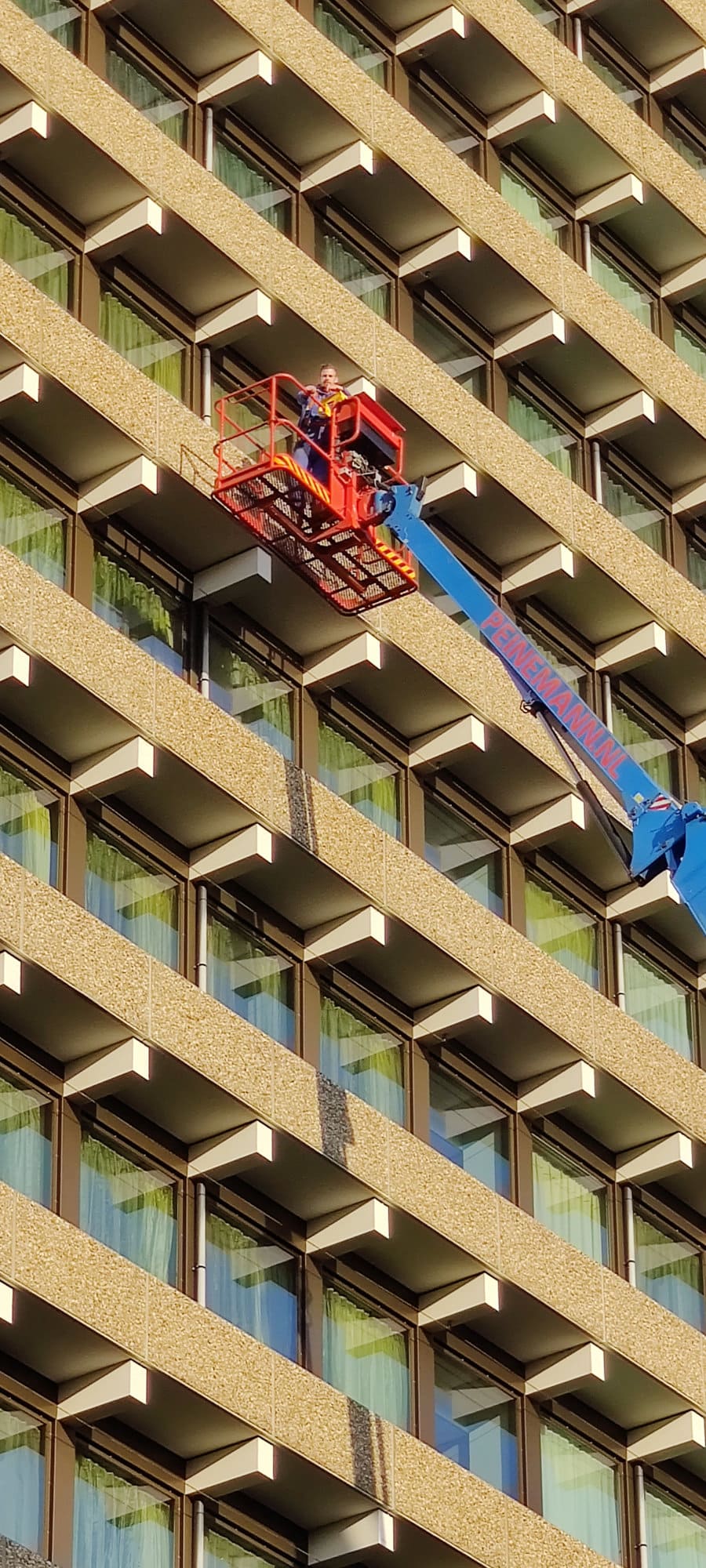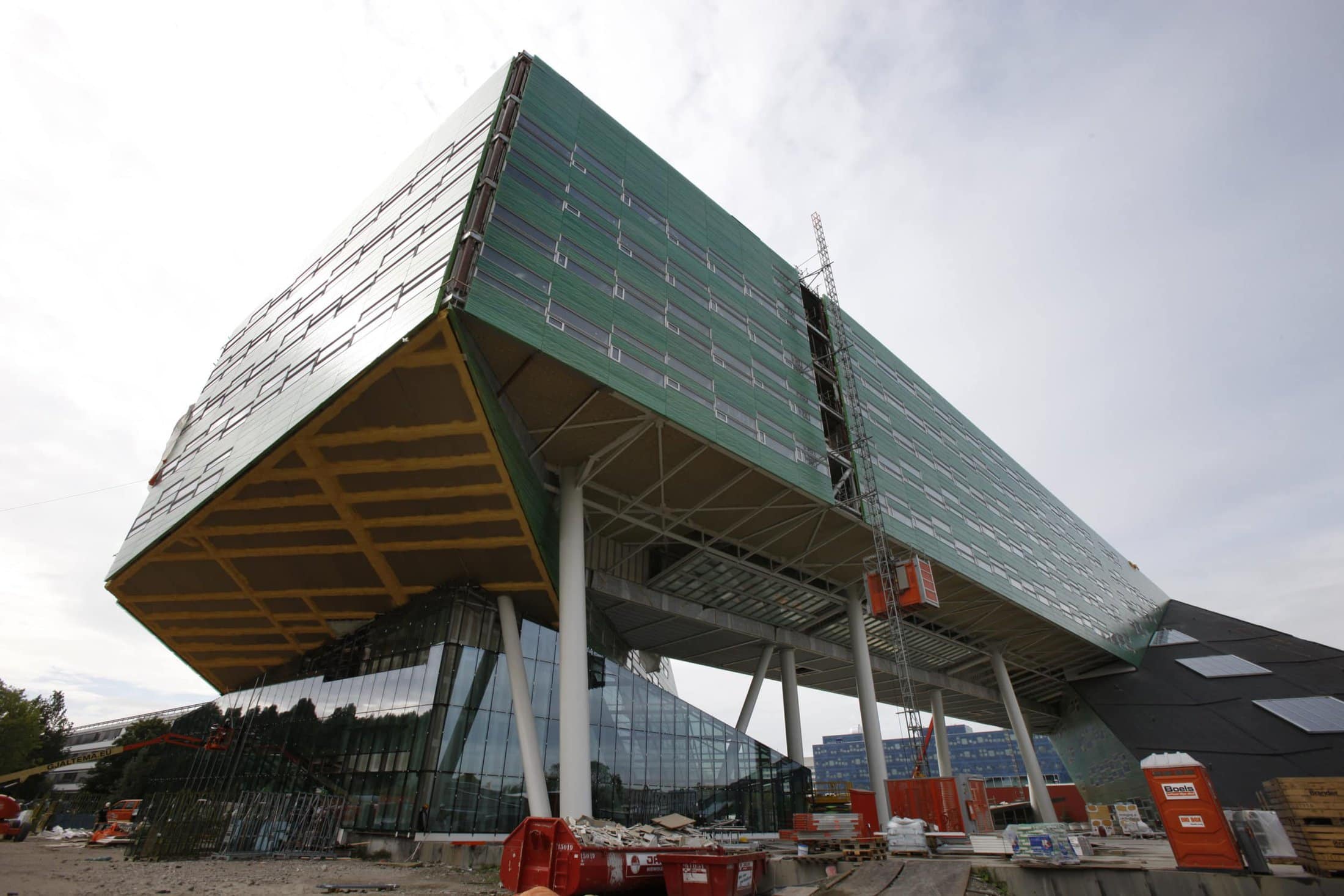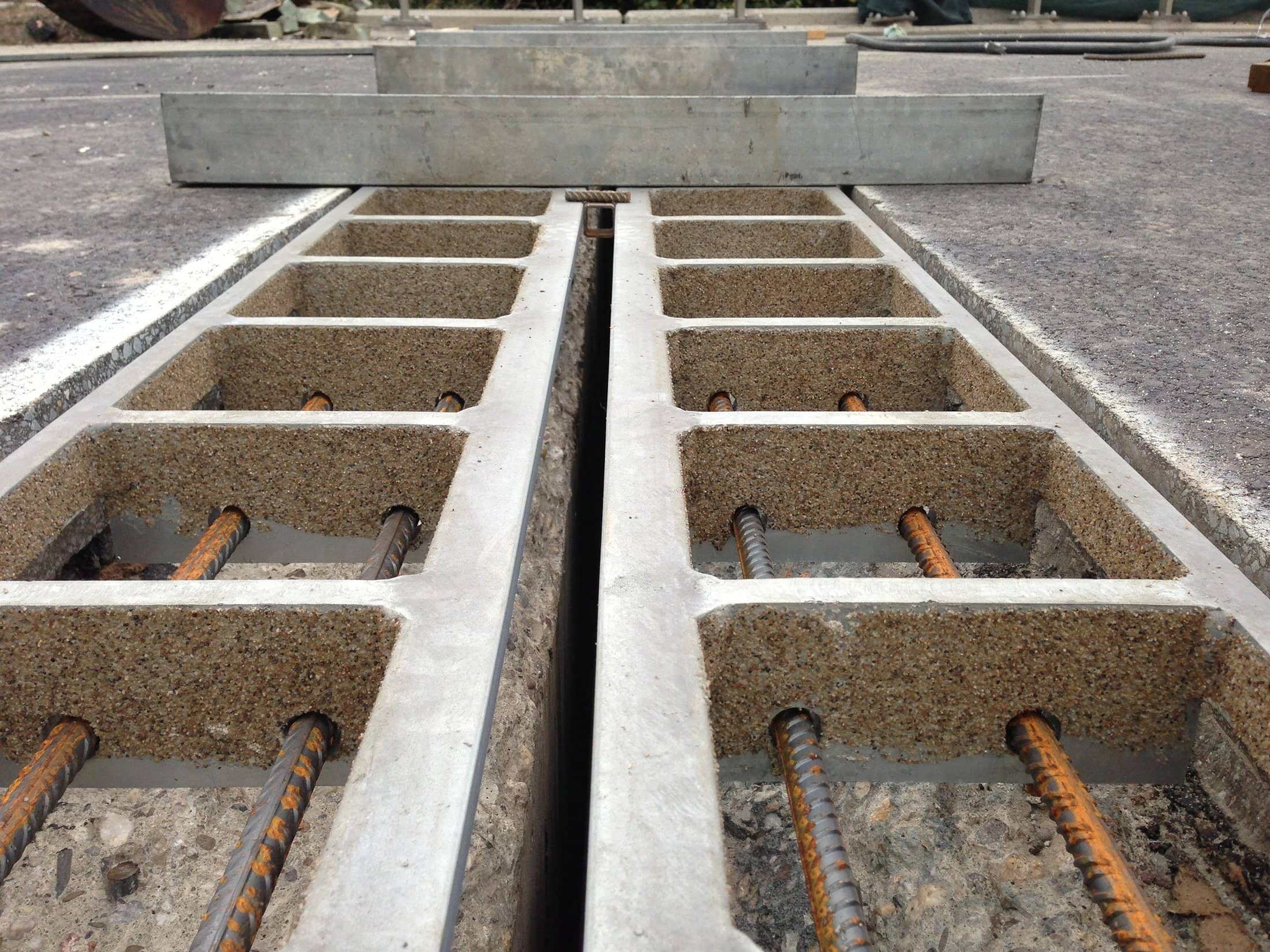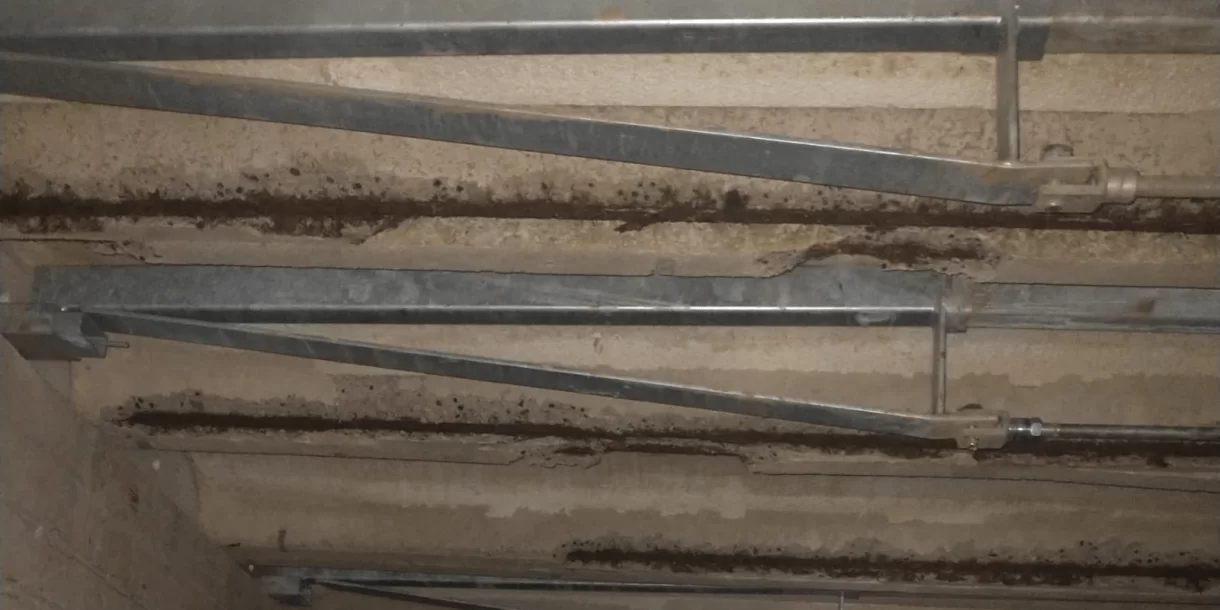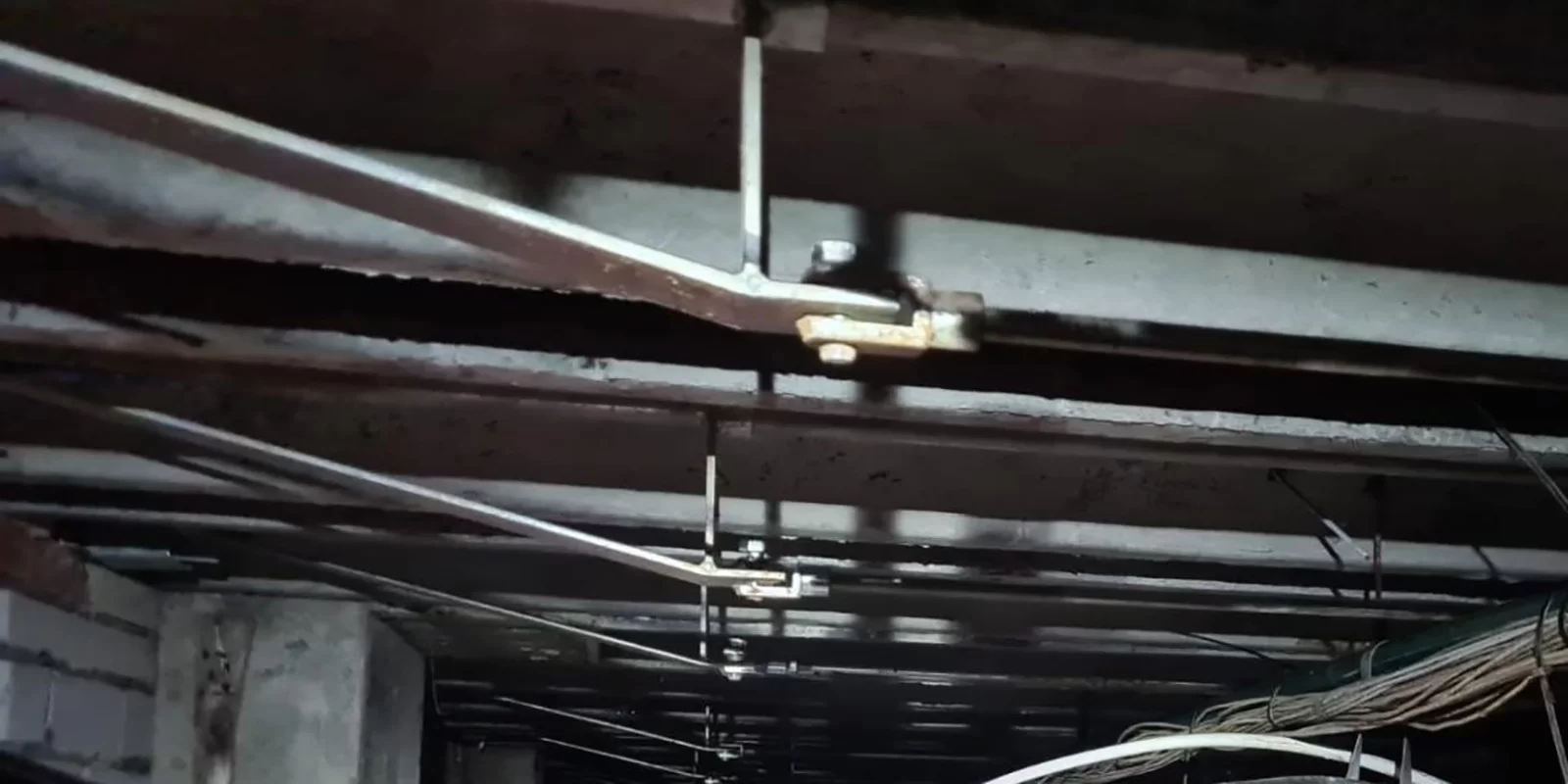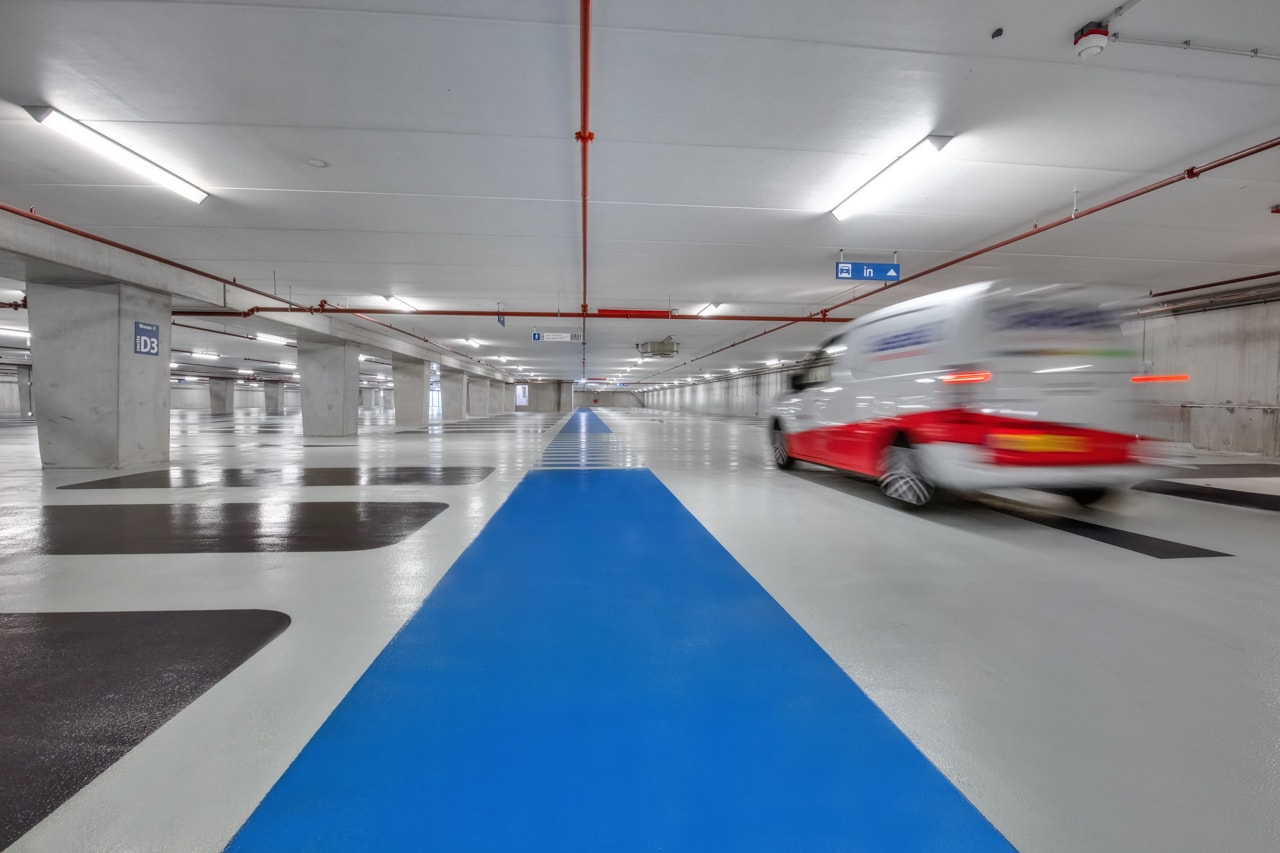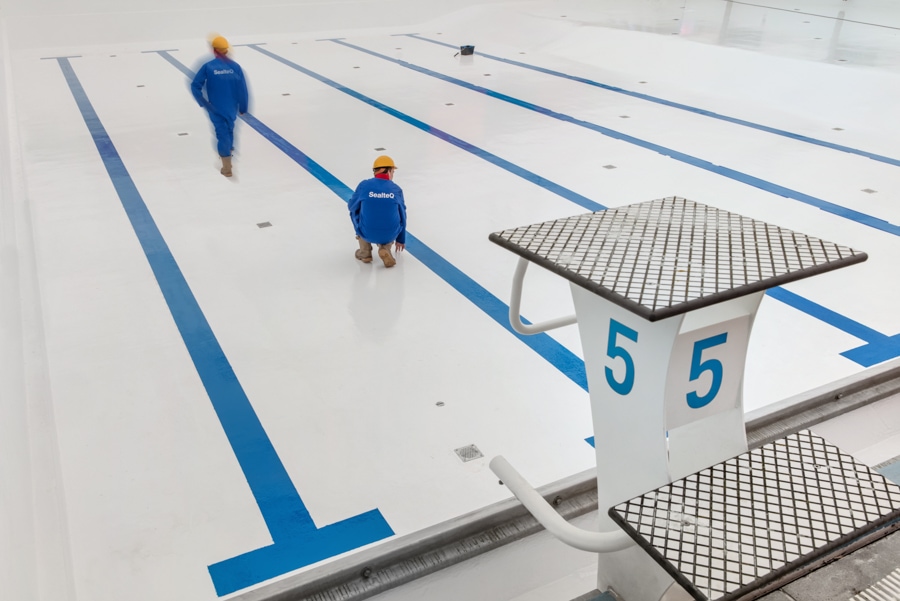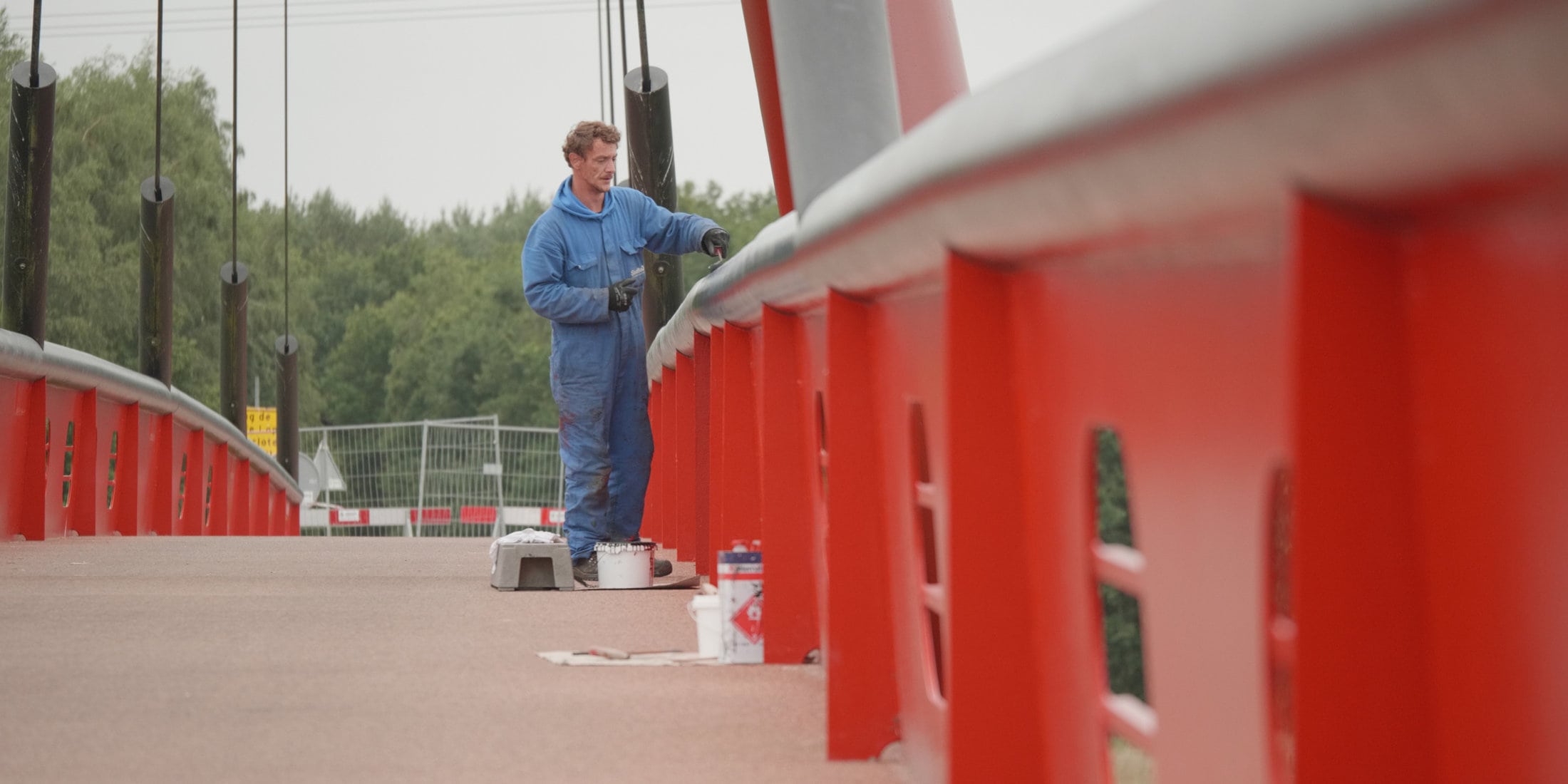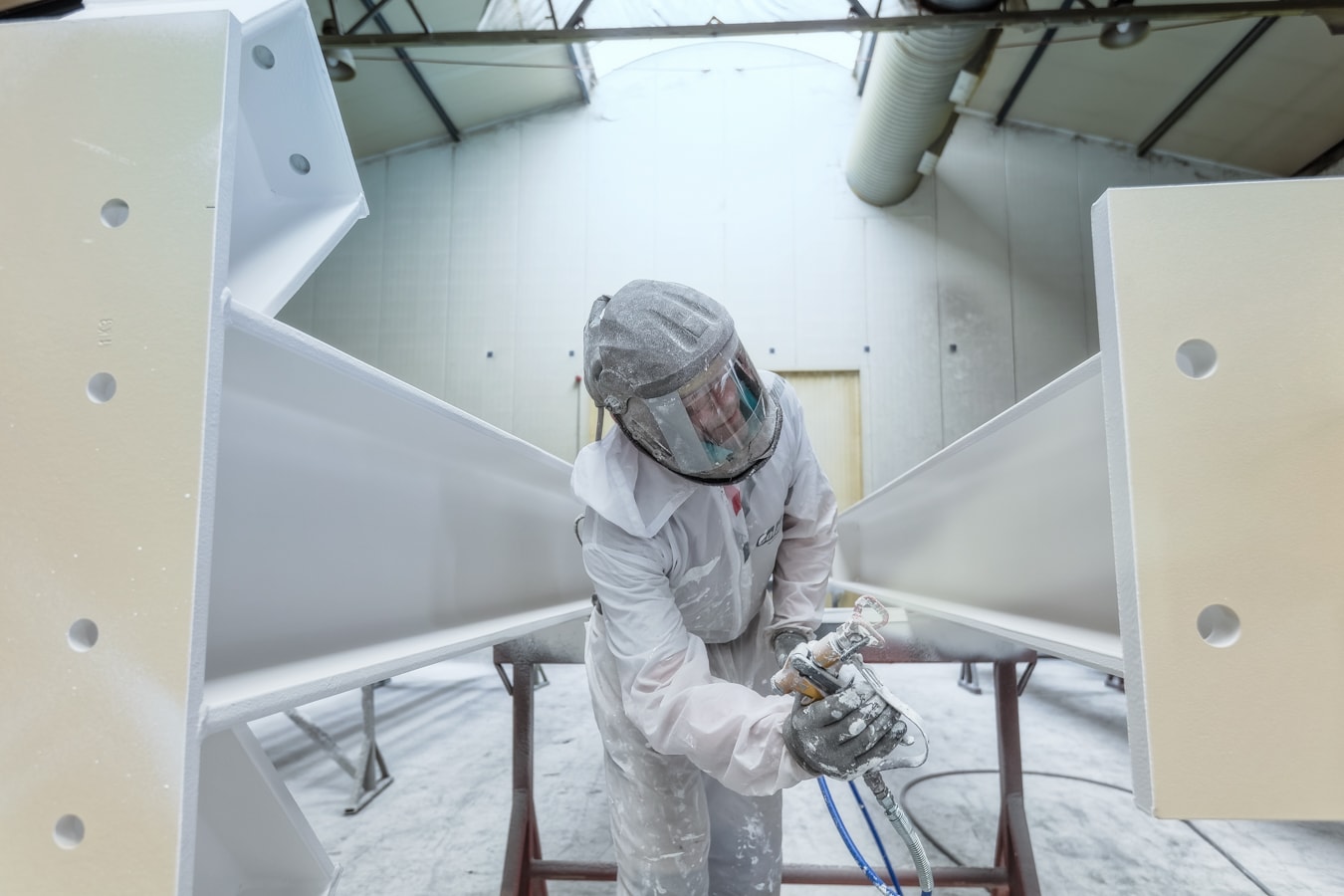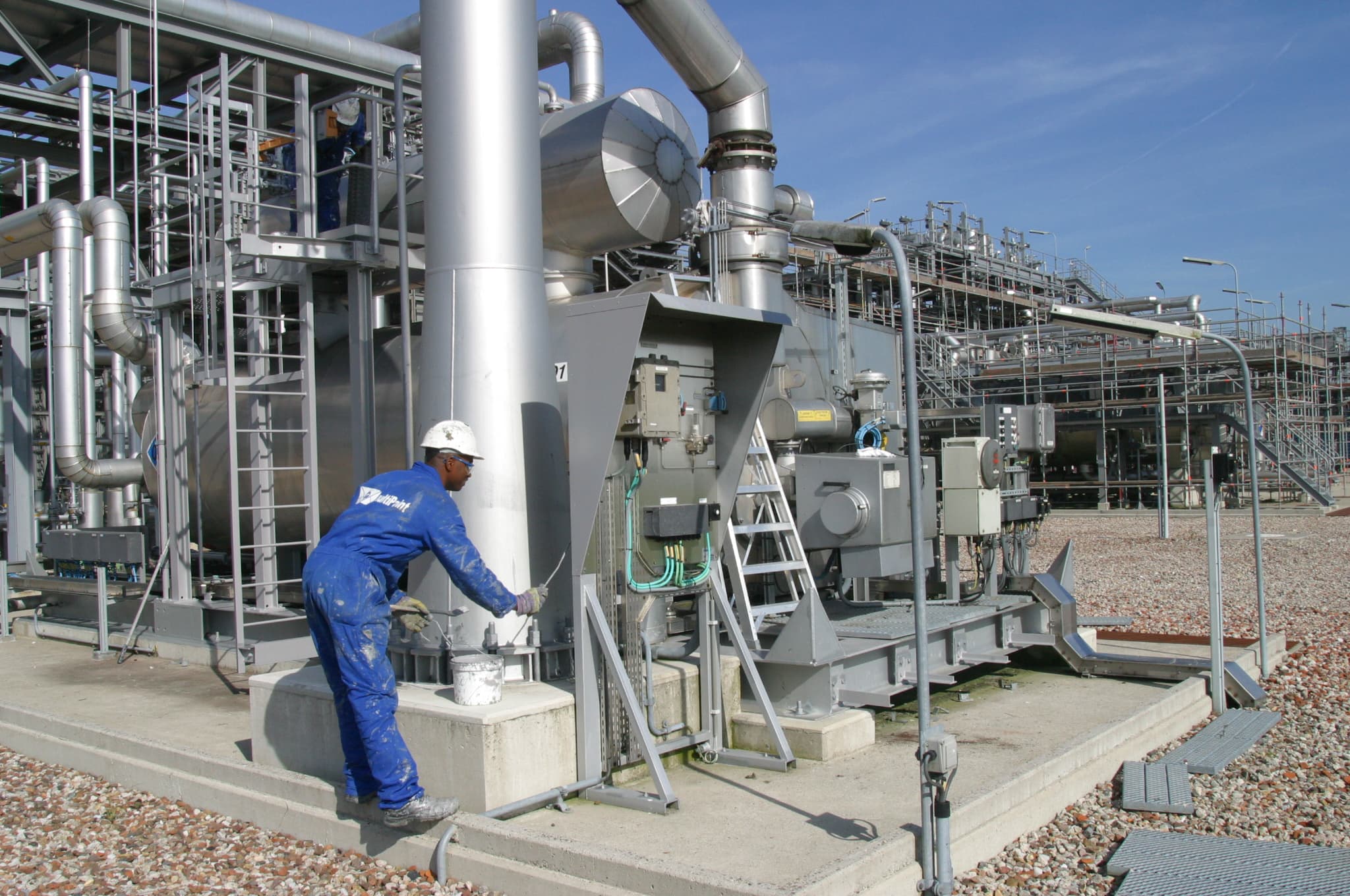Property owners and housing associations are increasingly responding to the aging population by building and renovating more age-friendly homes. To ensure good and barrier-free access to the residences, raised floors are often applied to gallery and balcony floors.
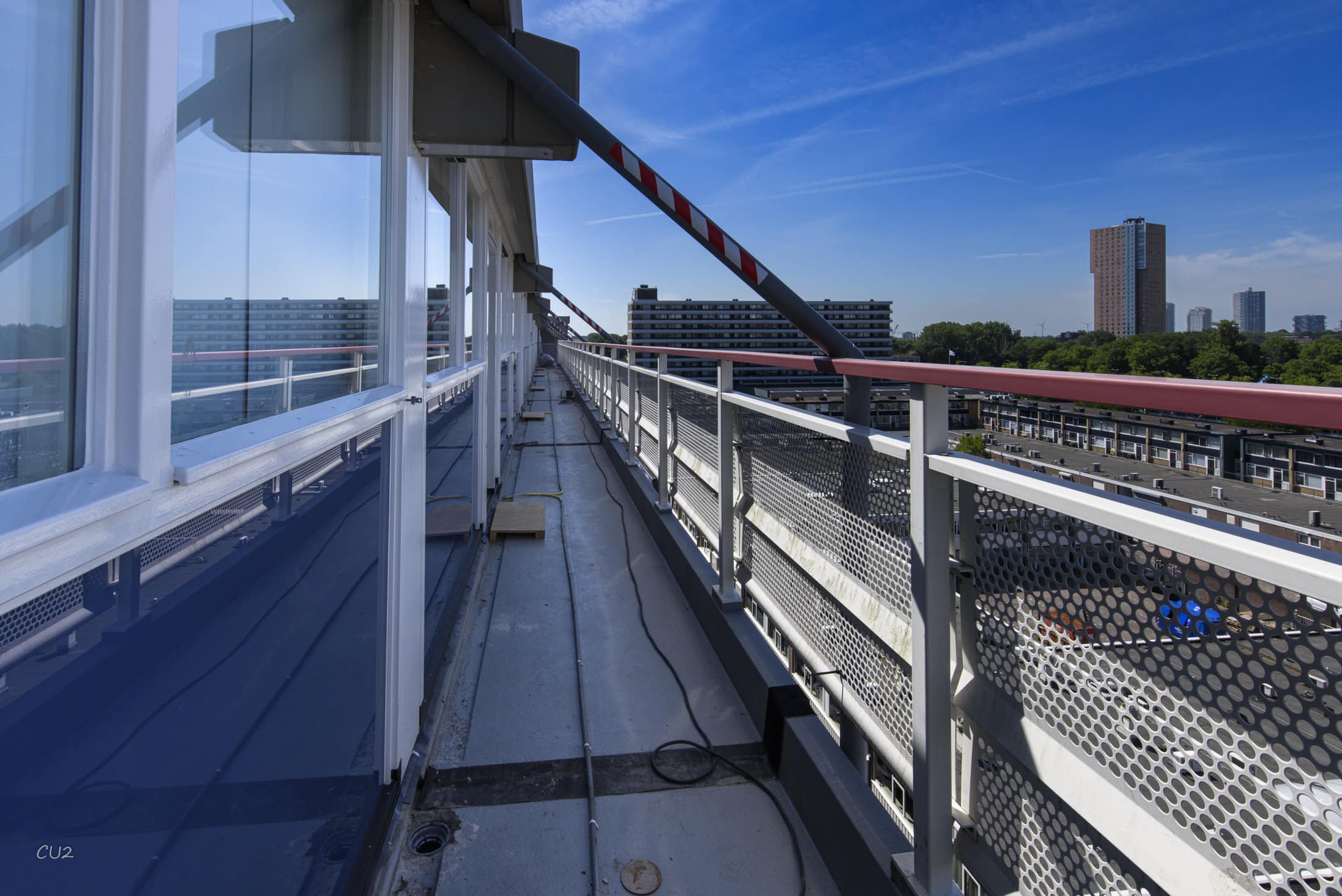
Opplus floors
Raised floors consist of a pressure-resistant and lightweight insulation board with a cement-bonded pressure distribution plate glued to the substrate. Depending on the functional requirements of the floor, a crack-bridging synthetic floor finish with sufficient anti-slip is seamlessly applied to the already installed elevation package.
Raised floors require a good preliminary design with sufficient attention to the expected behavior of the substrate, the degree of slope and water drainage, and factors such as the weight and durability of the system.
In addition to the functional benefits for barrier-free access, raised floors are also used when the spaces beneath the floor require additional thermal insulation. Through a well-considered application of high-quality insulation boards, significant energy savings and comfort improvements can be achieved.




